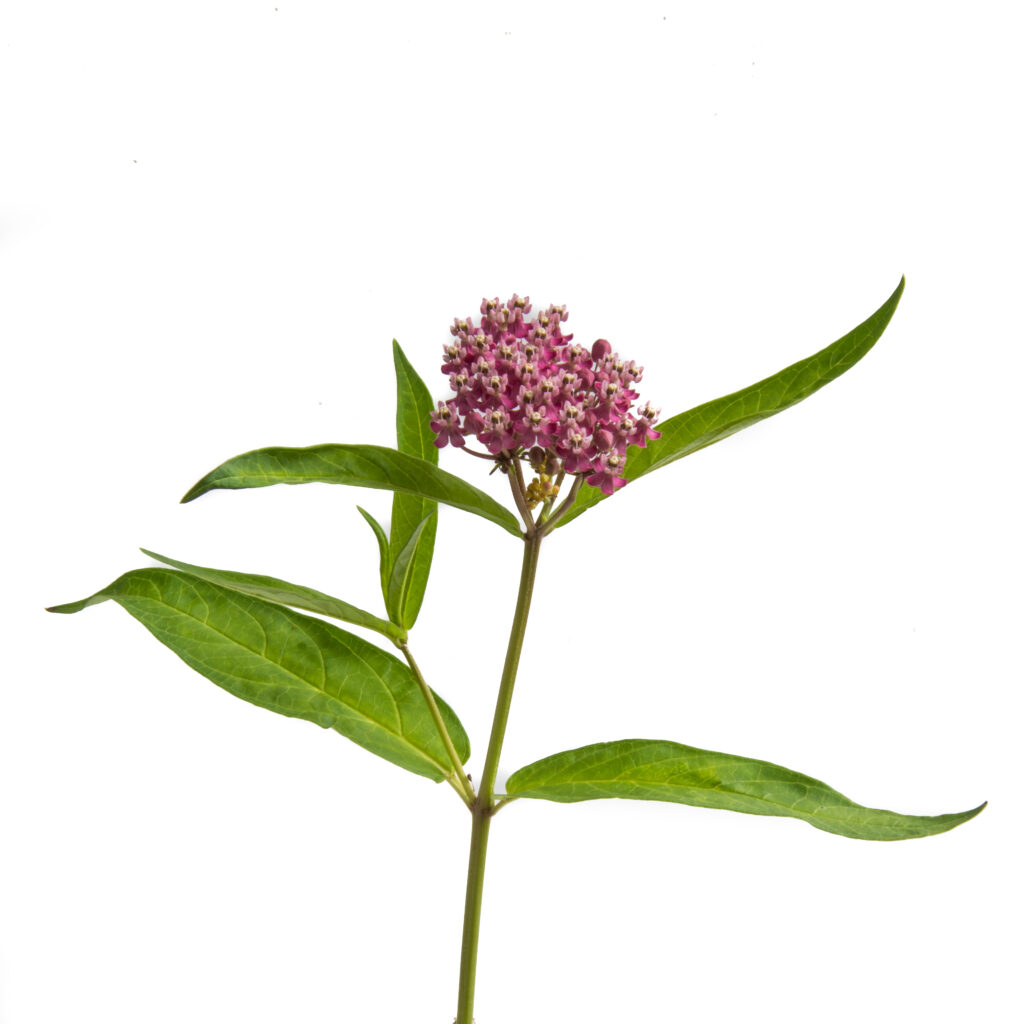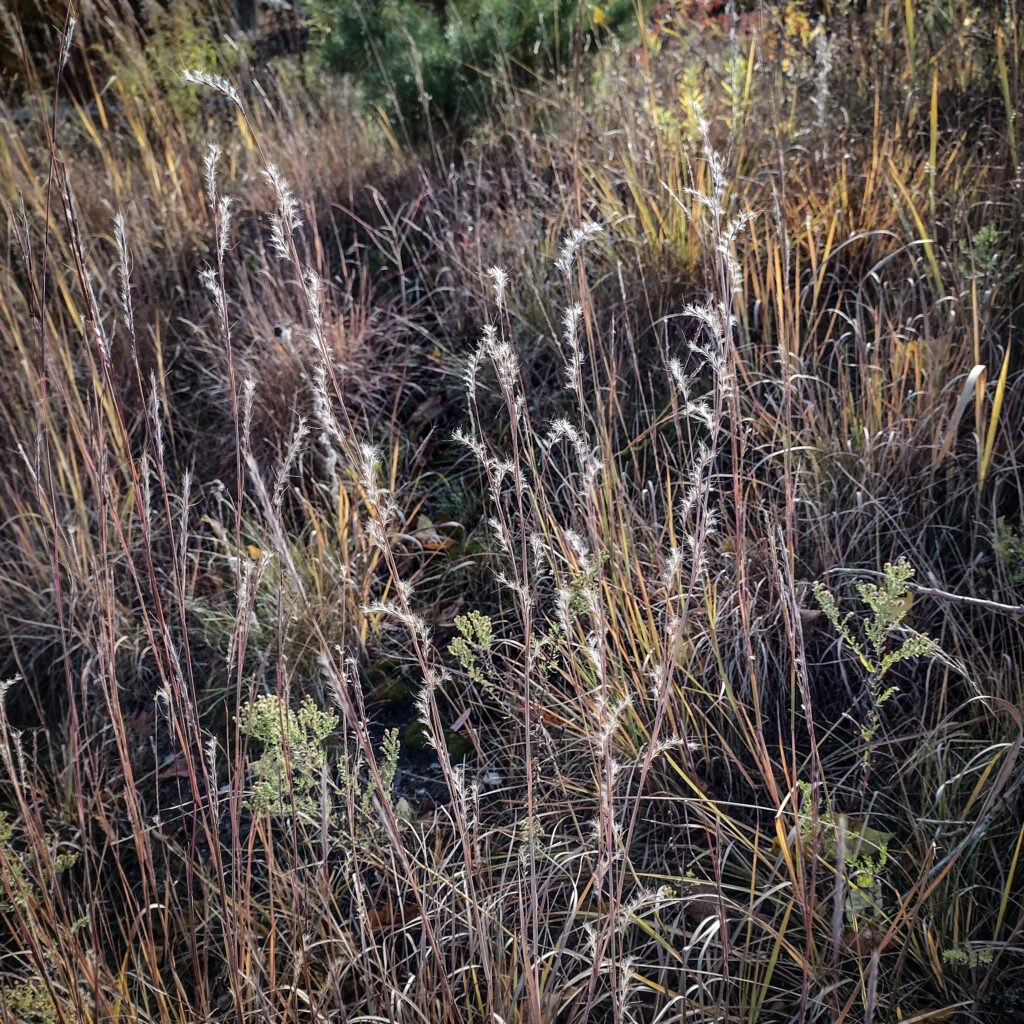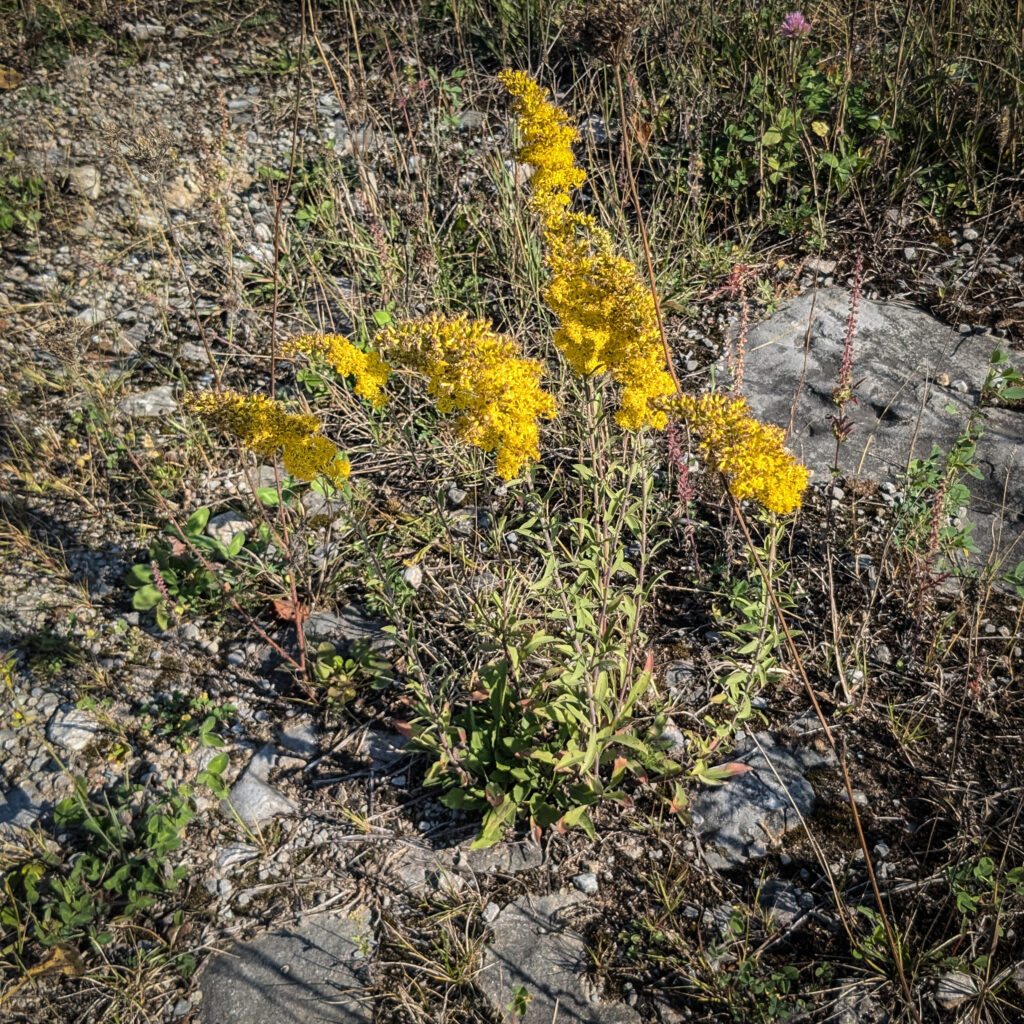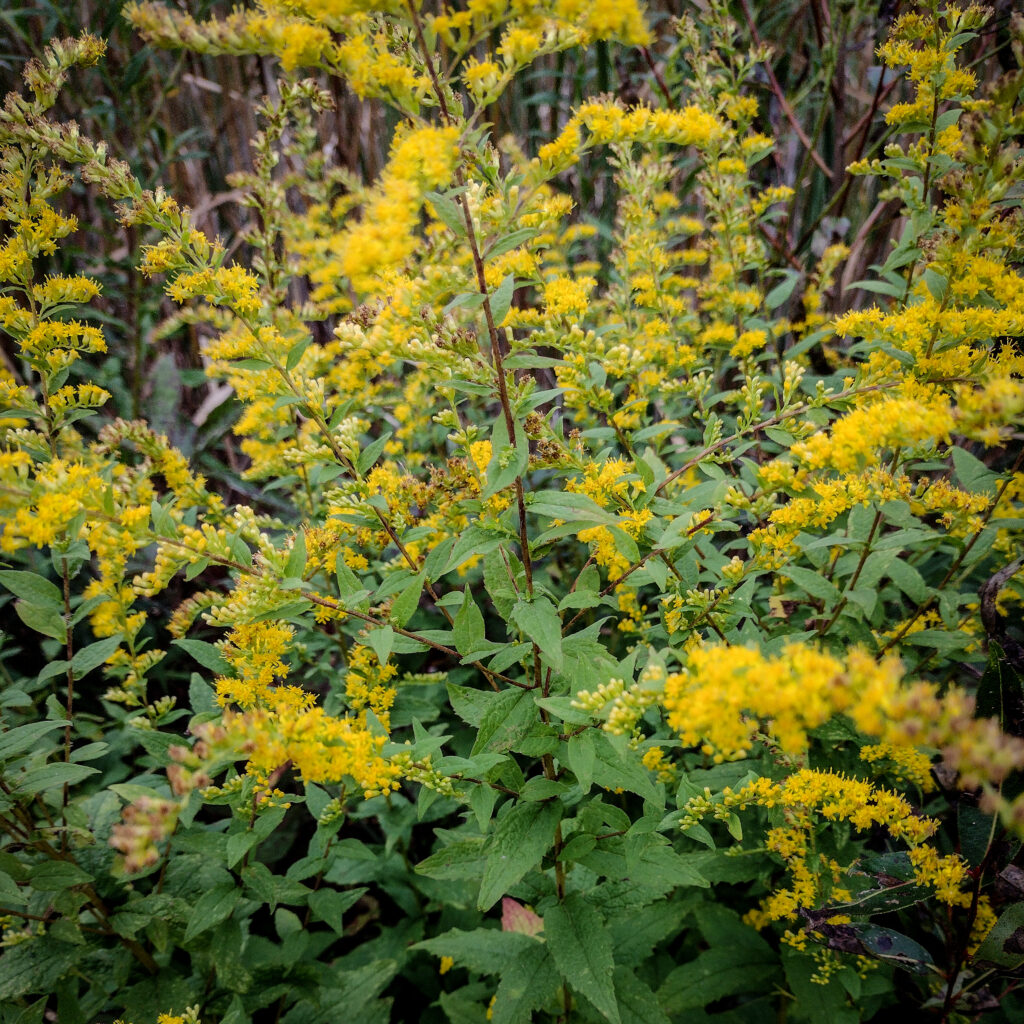December is here and the snow is starting to fall. Our seeds have all been cleaned and are ready to go on the next stage of their adventure. We have eleven new species available this month! Scroll to the bottom of the newsletter to see what’s new.
Most native seeds are dormant and need special treatment in order to germinate. Many of them need to experience the cold, wet conditions of winter. There are a few different ways to make this happen. Hint: you need to start soon! Check out our page on seed treatments.
The easiest way is to sow your seeds outside in the garden right now, at the beginning of winter. Just sprinkle your seeds on the ground in the area you want them to grow. The disadvantage to this method is that the seeds might be eaten by hungry mice and other creatures. There is a reason that plants produce a lot of seed!

Winter sowing is another way that seeds can experience winter. Seeds are planted in pots, watered, and then placed in a clear, ventilated container and set outside for the winter. This method requires a bit more effort, but the seeds are protected from hungry mice. Winter sowing can be done anytime between the beginning of December to the beginning of February.
The last method is to use your fridge to create cold, moist winter conditions for your seeds. Seeds are usually placed in a plastic bag with some damp vermiculite or peat moss and placed in the fridge for three months. This is the most hands on method. You can get high germination rates, but your seeds may also become moldy or forgotten on a back shelf.

The holiday season is here. Our native seeds are the perfect gift for the nature lover on your list. Even if they don’t love nature they still make a great gift! Who doesn’t love nature?
New Species

Long-headed Anemone

Swamp Milkweed

Greater Fringed Gentian

Switch Grass

Little Bluestem

Grey Goldenrod

Wrinkle-leaf Goldenrod

Yellow False Sorghum


Calico Aster

Arrow-leaved Aster

